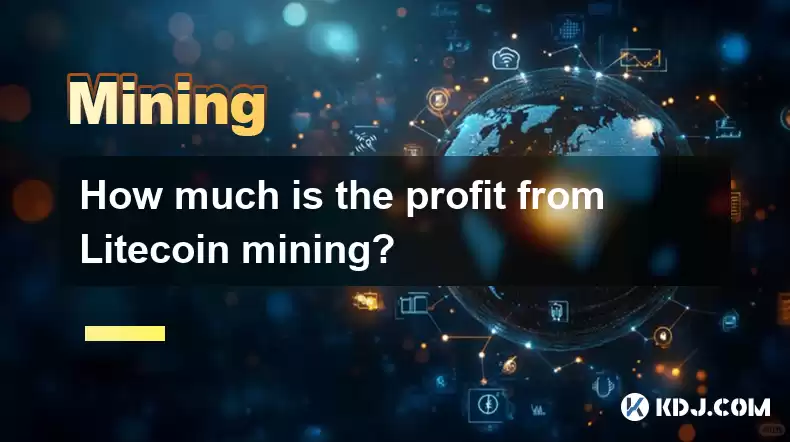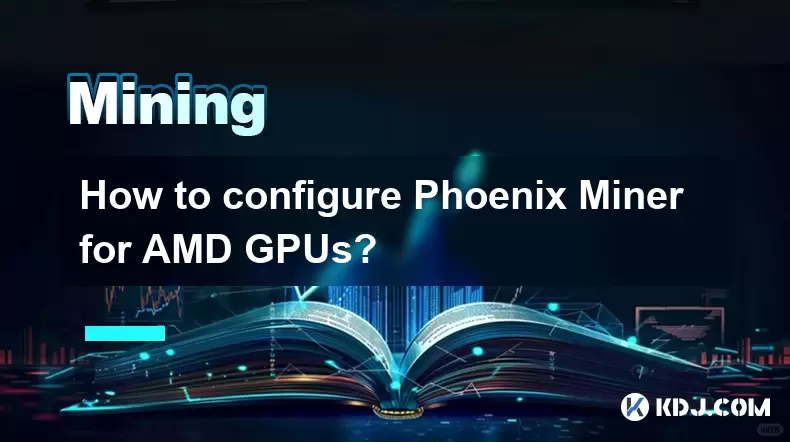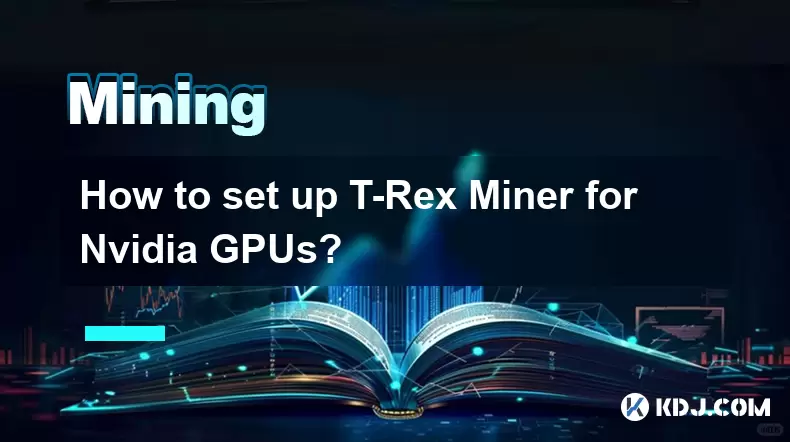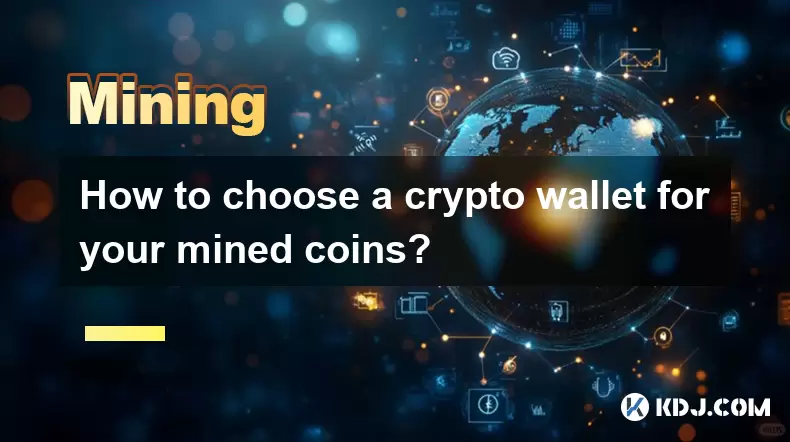-
 Bitcoin
Bitcoin $117700
-1.00% -
 Ethereum
Ethereum $4458
-3.91% -
 XRP
XRP $3.119
0.14% -
 Tether USDt
Tether USDt $1.001
-0.02% -
 BNB
BNB $836.6
-1.56% -
 Solana
Solana $189.5
-3.90% -
 USDC
USDC $0.9998
-0.02% -
 Dogecoin
Dogecoin $0.2335
1.29% -
 Cardano
Cardano $0.9642
1.51% -
 TRON
TRON $0.3539
-1.19% -
 Hyperliquid
Hyperliquid $47.41
-1.84% -
 Chainlink
Chainlink $21.92
-3.28% -
 Stellar
Stellar $0.4286
-0.23% -
 Sui
Sui $3.724
-3.29% -
 Bitcoin Cash
Bitcoin Cash $594.8
-0.78% -
 Ethena USDe
Ethena USDe $1.001
0.04% -
 Hedera
Hedera $0.2501
-2.06% -
 Avalanche
Avalanche $23.96
-4.87% -
 Litecoin
Litecoin $119.0
-2.32% -
 Toncoin
Toncoin $3.473
0.82% -
 UNUS SED LEO
UNUS SED LEO $9.596
0.17% -
 Shiba Inu
Shiba Inu $0.00001301
-0.39% -
 Uniswap
Uniswap $11.03
-0.25% -
 Polkadot
Polkadot $3.935
-2.62% -
 Dai
Dai $1.000
0.01% -
 Bitget Token
Bitget Token $4.564
-1.76% -
 Cronos
Cronos $0.1512
-4.11% -
 Ethena
Ethena $0.7306
-1.09% -
 Pepe
Pepe $0.00001087
-2.68% -
 Aave
Aave $300.2
-4.00%
How much is the profit from Litecoin mining?
Litecoin mining profitability is influenced by factors such as the Litecoin price, hash rate, electricity costs, and mining hardware efficiency.
Jan 12, 2025 at 10:55 pm

Litecoin Mining Profitability: A Comprehensive Guide
Key Points:
- Overview of Litecoin Mining
- Factors Affecting Mining Profitability
- Calculating Your Potential Profits
- Step-by-Step Guide to Estimating Profits
- Best Litecoin Mining Hardware
- Pool Considerations
- Tips for Maximizing Profits
Overview of Litecoin Mining
Litecoin mining is the process of verifying and adding transactions to the Litecoin blockchain. Miners use specialized hardware to solve complex mathematical problems and receive rewards in the form of Litecoin. The amount of Litecoin earned per block is halved roughly every 4 years, similar to Bitcoin.
Factors Affecting Mining Profitability
The profitability of Litecoin mining depends on several factors:
- Litecoin price: The higher the price of Litecoin, the more profitable mining becomes.
- Hash rate: The hash rate is the collective processing power of all Litecoin miners. As the hash rate rises, the difficulty of mining increases, making it less profitable.
- Electricity costs: The cost of electricity significantly impacts mining profitability. Areas with low electricity costs are more attractive to miners.
- Mining hardware efficiency: The efficiency of your mining hardware determines how many Litecoins you can mine per unit of electricity used. More efficient hardware is more profitable.
Calculating Your Potential Profits
To estimate your potential profits from Litecoin mining, follow these steps:
- Determine your hash rate: Use a website or software to calculate your hash rate based on your mining hardware.
- Find the current Litecoin price: Check a cryptocurrency exchange or market data site.
- Estimate your electricity consumption: Calculate the daily electricity usage of your mining setup.
- Use a mining profitability calculator: Enter the above information into a mining profitability calculator to estimate your potential daily and monthly profits.
Step-by-Step Guide to Estimating Profits
- Calculate your hash rate: Use a benchmark or mining hardware review to determine the hash rate of your mining equipment.
- Obtain the Litecoin price: Visit a cryptocurrency exchange or data aggregator to find the current Litecoin price.
- Estimate electricity costs: Use a wattage meter to measure the actual electricity consumption of your mining setup. Multiply the wattage by the number of hours you plan to mine per day and the electricity rate in your area to get the estimated daily cost.
- Calculate gross revenue: Multiply the hash rate by the block reward (currently 12.5 LTC) and the number of blocks mined per day (approximately 144 for Litecoin). This gives you the daily gross revenue in Litecoin.
- Convert to fiat currency: Multiply the daily gross revenue by the Litecoin price to determine the equivalent amount in your local currency.
- Subtract electricity costs: Deduct the estimated daily electricity costs from your gross revenue to get the net profit.
Best Litecoin Mining Hardware
The best Litecoin mining hardware generally has the highest hash rate and energy efficiency. Some popular options include:
- Bitmain Antminer L7: Offers a hash rate of 9500 MH/s with a power consumption of 3425W.
- Innosilicon A11 Pro+: Boasts a hash rate of 100 TH/s with a power consumption of 4500W.
- Goldshell LT6: Features a hash rate of 4.2 GH/s with a power consumption of 1500W.
Pool Considerations
Litecoin miners can join mining pools to increase their chances of finding blocks and earning rewards. When you join a pool, your hash rate is combined with other miners, and you receive a portion of the block reward based on your contribution.
- Pros of mining pools: Higher earning potential, reduced variance in rewards.
- Cons of mining pools: Lower percentage of block reward, higher fees.
Tips for Maximizing Profits
- Optimize hardware settings: Use software to fine-tune your mining hardware for maximum efficiency and hash rate.
- Join a reputable mining pool: Research and select a pool with low fees and high payouts.
- Monitor equipment regularly: Check your hardware's temperature, fan speed, and power consumption to ensure optimal performance.
- Negotiate electricity rates: If possible, try to negotiate a lower electricity rate with your energy provider to reduce operating costs.
- Consider overclocking: Overclocking your hardware can increase hash rate, but use caution and ensure proper cooling to prevent damage.
FAQs
Q: What is the initial investment required for Litecoin mining?
A: The investment needed varies depending on the mining hardware and electricity costs, but can range from $5,000 to $20,000 or more.
Q: Can I mine Litecoin with a CPU or GPU?
A: While it's technically possible, it's not profitable or practical due to low hash rate and high electricity consumption compared to specialized mining hardware.
Q: What is the average daily profit from Litecoin mining?
A: Profits vary greatly based on factors such as hash rate, electricity costs, and the Litecoin price. Use a mining profitability calculator to estimate potential earnings.
Q: Is Litecoin mining still profitable?
A: Profitability changes over time and depends on the aforementioned factors. It's important to research and calculate your potential profits before investing.
Q: What is the hardware lifespan for Litecoin mining?
A: Mining hardware typically lasts for several years, but its lifespan can be shortened by overclocking or improper maintenance.
Disclaimer:info@kdj.com
The information provided is not trading advice. kdj.com does not assume any responsibility for any investments made based on the information provided in this article. Cryptocurrencies are highly volatile and it is highly recommended that you invest with caution after thorough research!
If you believe that the content used on this website infringes your copyright, please contact us immediately (info@kdj.com) and we will delete it promptly.
- Kazakhstan's Crypto Leap: Bitcoin ETF and Central Asia's Digital Finance Future
- 2025-08-13 12:45:19
- BlockDAG Presale Blazes Past $371M: Fundraising Frenzy Fuels Crypto Sensation
- 2025-08-13 13:05:21
- Meme Coins: Chasing the 2025 Surge – Which Will Moonshot?
- 2025-08-13 10:25:23
- Bitcoin's Wild Ride: Rally, Pullback, and What's Next
- 2025-08-13 10:25:23
- Bitcoin, Bitmax, and Institutional Demand: A New Era of Crypto Investment
- 2025-08-13 10:45:12
- Solana, ROAM, and Airdrops: What's the Buzz in 2025?
- 2025-08-13 11:35:13
Related knowledge

How to configure Phoenix Miner for AMD GPUs?
Aug 11,2025 at 03:21am
Understanding Phoenix Miner and Its Compatibility with AMD GPUsPhoenix Miner is a lightweight, high-performance Ethereum mining software designed for ...

How to set up T-Rex Miner for Nvidia GPUs?
Aug 10,2025 at 12:07am
Understanding T-Rex Miner and Its Compatibility with Nvidia GPUsT-Rex Miner is a high-performance mining software designed specifically for Nvidia GPU...

What is "proof-of-work" and how does it relate to mining?
Aug 07,2025 at 02:03pm
Understanding the Concept of Proof-of-WorkProof-of-work (PoW) is a consensus mechanism used in blockchain networks to validate transactions and secure...

How to choose a crypto wallet for your mined coins?
Aug 13,2025 at 11:36am
Understanding the Types of Crypto Wallets for Mined CoinsWhen selecting a crypto wallet for your mined coins, the first step is to understand the diff...

What are the differences between mining on Windows vs. Linux?
Aug 06,2025 at 11:29pm
Overview of Cryptocurrency Mining PlatformsCryptocurrency mining involves using computational power to solve complex cryptographic puzzles and validat...

How to use an old computer for cryptocurrency mining?
Aug 07,2025 at 12:42pm
Understanding the Feasibility of Using an Old Computer for MiningUsing an old computer for cryptocurrency mining may seem outdated, but it is still te...

How to configure Phoenix Miner for AMD GPUs?
Aug 11,2025 at 03:21am
Understanding Phoenix Miner and Its Compatibility with AMD GPUsPhoenix Miner is a lightweight, high-performance Ethereum mining software designed for ...

How to set up T-Rex Miner for Nvidia GPUs?
Aug 10,2025 at 12:07am
Understanding T-Rex Miner and Its Compatibility with Nvidia GPUsT-Rex Miner is a high-performance mining software designed specifically for Nvidia GPU...

What is "proof-of-work" and how does it relate to mining?
Aug 07,2025 at 02:03pm
Understanding the Concept of Proof-of-WorkProof-of-work (PoW) is a consensus mechanism used in blockchain networks to validate transactions and secure...

How to choose a crypto wallet for your mined coins?
Aug 13,2025 at 11:36am
Understanding the Types of Crypto Wallets for Mined CoinsWhen selecting a crypto wallet for your mined coins, the first step is to understand the diff...

What are the differences between mining on Windows vs. Linux?
Aug 06,2025 at 11:29pm
Overview of Cryptocurrency Mining PlatformsCryptocurrency mining involves using computational power to solve complex cryptographic puzzles and validat...

How to use an old computer for cryptocurrency mining?
Aug 07,2025 at 12:42pm
Understanding the Feasibility of Using an Old Computer for MiningUsing an old computer for cryptocurrency mining may seem outdated, but it is still te...
See all articles

























































































